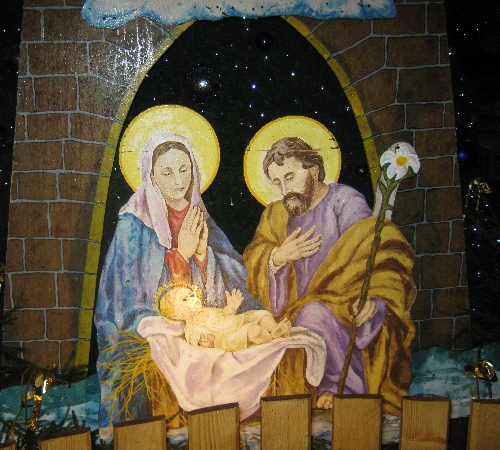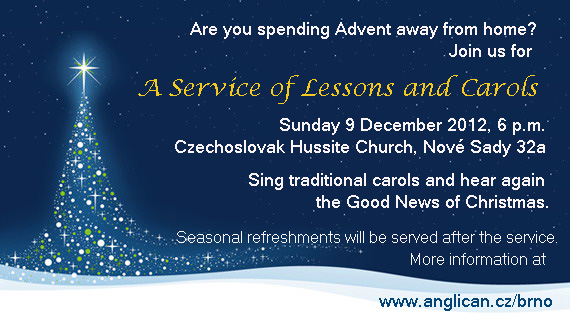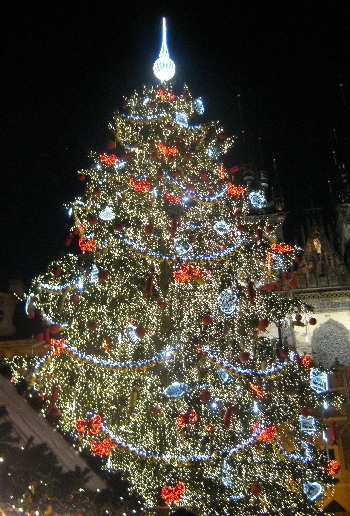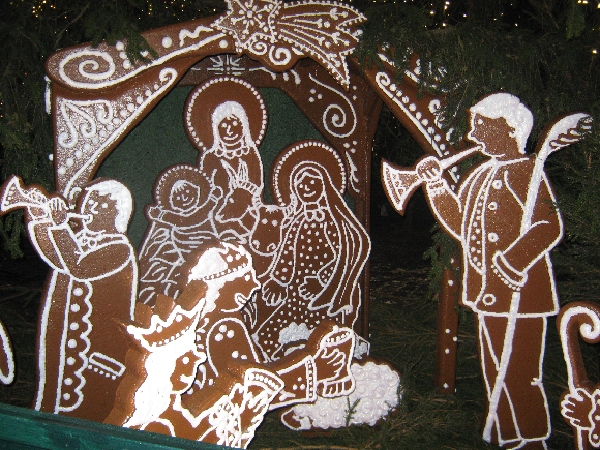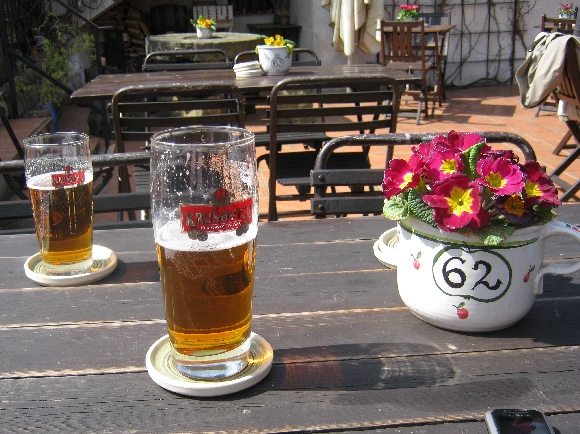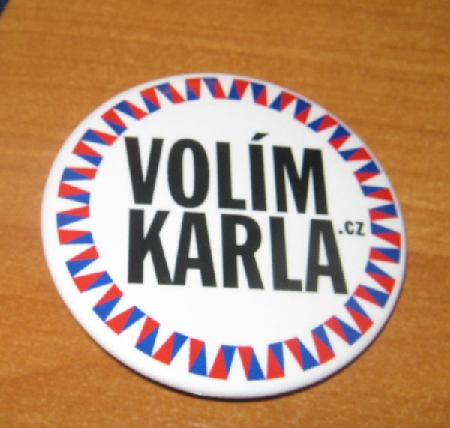
Today my blog celebrates its fourth birthday. I wrote my first ever post four years ago today – this post today is post number 213.
Whilst today is a day for a little celebration, I still am somewhat disappointed with myself. A year ago when writing a blogpost to mark the third birthday of my blog, I promised to write at least fifty-two posts during the following year that ended yesterday. I fell short – I only managed fifty.
It is not that I lack things to write about as I have at least four topics noted down for future posts. It is the problem of finding the time to sit down and compile a coherent post when I also have a rather important day-job to do. Of course, it isn’t a job but rather a vocation. And I hold an office rather than having a job description to fulfil. But I hope my blog readers understand what I mean.
I am also very aware that I’ve written about certain issues or events in the past, but never given a further update. So let me use this fourth anniversary post to correct that omission.
Czech Presidential Election
Further to my earlier post, the second round of voting took place on Friday 25th & Saturday 26th January. The outcome was a victory for Miloš Zeman, who gained just under 55% of the vote, with just over 45% going to Karel Schwarzenberg. Sadly the outcome has resulted in bitter recriminations and left a somewhat divided country.
Schwarzenberg polled extremely well in Prague taking two thirds of the vote. He also polled well in other major cities, especially Brno, and was very popular amongst educated young people. On the other hand, Zeman polled well in the rural area and smaller towns, and also in those areas where there was once heavy industry which now no longer provides employment to any great degree. In simple terms, those who have prospered in the last twenty years and those who through higher education, see good future prospects for themselves, voted for Schwarzenberg. Whilst those who have done less well since the Velvet Revolution in the rapid move to a market driven economy, voted for Zeman.
Recriminations have been around the tactics used by Zeman and his supporters, during the final days of the election campaign. These have been variously described as populist, nationalist and xenophobic. They included complaining that Schwarzenberg’s wife doesn’t speak Czech, (she is Austrian), that Schwarzenberg isn’t really a true patriot because he lived abroad during the time of the Communist regime, and over remarks he made about how the Beneš decrees, which resulted in the expulsion of the Sudetendeutsche in 1945, would now be regarded as ethnic cleansing.
The complaints from the Schwarzenberg camp about Zeman, relate to his personal character and those who supported his campaign. His campaign was well funded but without total clarity as to who did so. He is known to have connections with some Russians and other dubious characters and the fear is, that these supporters, will expect some form of financial payback during the next five years.
Zeman is also known as being a heavy smoker and heavy drinker. On the light-hearted side, I’ve already seen a photo-shopped image of him meeting my Queen with a cigarette in his hand, and asking for an ashtray 🙂 More seriously, he was filmed falling over whilst walking from where he was sitting watching the TV coverage of the counting of the votes, in order to give his first interview, once it had become clear he had won the election. Whether it was a genuine trip or the result of several shots of Becherovka is a matter of debate.
My latest run-in with Czech Bureaucracy
Today I resumed battle with Czech bureaucracy, in my attempt to exchange my current UK Driving Licence, for Czech Driving Licence. And I had fifty percent success!
By presenting a signed and stamped document on headed notepaper in the name of Farní obec Starokatolické církve pro verící anglického jazyka v Praze, the legal entity of my congregation with the Czech Ministry of Culture, in which I stated in Czech, that Sybille and I have permission to live in the Chaplaincy Flat where we have lived in for the past four and a half years, I successfully proved that this is my permanent family home. Success came because I was also able to also present a notarised copy of the congregation’s registration with the Czech Ministry of Culture, which shows me as the authorised person to sign on its behalf.
But at the same time, I was turned into a layman. Despite having my title of ‘Rev’ on two official documents, (driving licence and passport), of another EU state, I will not have ‘Rev’ in front of my name on my new Czech Driving Licence which will be issued to me on 21st February. I do find it very poor that, a nation for whom having academic titles in front of their names is so important, that they will not accept mine. I am given to understand that only Czech academic titles are acceptable. Clearly this is a decision made by JUDr Czech Bureaucrat. 🙁
I am hopeful that this will be my last run-in with Czech bureaucracy. However, if it is, I might struggle to find material for at least fifty more blog posts in the coming year 🙂

